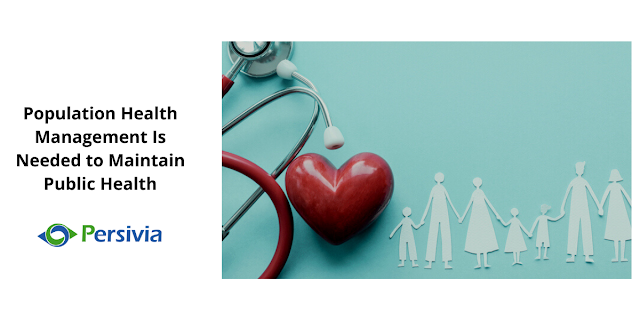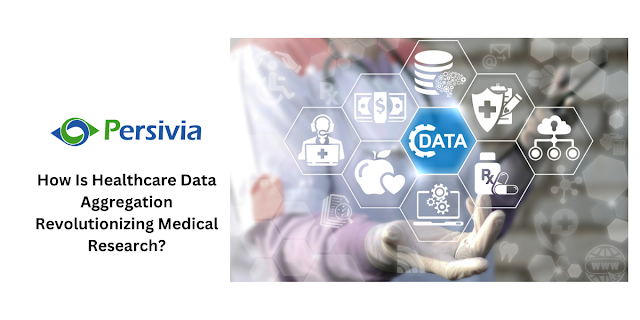Population Health Management Is Needed to Maintain Public Health
PHM stands for Population Health Management, a focused, comprehensive strategy for increasing the patient health outcomes of a group of people. These people are part of a broader group that may include people from a particular healthcare setting, a specific regional zone, people with a particular ailment, or others who share other distinguishing features.
Population Health Management Platform entails the application of primary care ideas for chronic
illness management, as well as a thorough data assessment. The objective is to
find ways to enhance patient outcomes while still keeping total expenses low.
The data acquired can help identify and close gaps in care delivery and build
effective care plans for individuals or groups of patients.
Implementing Pop Health management
tactics can help a provider by assisting in its journey to value-based care and
appropriate compensation. As a result, the overall healthcare management
becomes more optimized and regulated.
The function of the Population Health
Management Platform:
To deliver actionable insights and predicted
analyses, the Population Health Management Platform utilizes diagnostic,
administrative, and operational information to make datasets. These datasets
are acquired with the use of health information technology. Health Informatics
are most valuable when they can track and identify relevant information about a
patient group, make inferences from the data, and afterward create a clinical
presentation of the demography to assist in managing certain chronic
conditions.
While information gathering and informatics
are critical components of Population Health Management, some additional
factors help improve the health and wellbeing of a given patient group. These
are some of them:
1) Rigorous patient care is well-coordinated
and includes well-managed targets shared by both the practitioner and patient.
These targets might vary depending on the organization's aims, but most revolve
around enhancing the patient's capacity to manage their care and medicines.
Patient satisfaction and self-motivation can help cut down healthcare spending
and emergency room visits while improving the overall condition of Pop Health.
2) Data gathering enables real-time data and
insights about sociodemographic variables and insurance claims. It should
include tools for tracking, evaluating, and reporting data necessary for
financial rewards and compliance laws.
3) Patient risk ratings based on health, style
of living, and health records are used to divide a patient group into
subgroups. This approach of risk stratification can assist the provider in
gaining a better understanding of their healthcare requirements and the latest
patterns.




Comments
Post a Comment